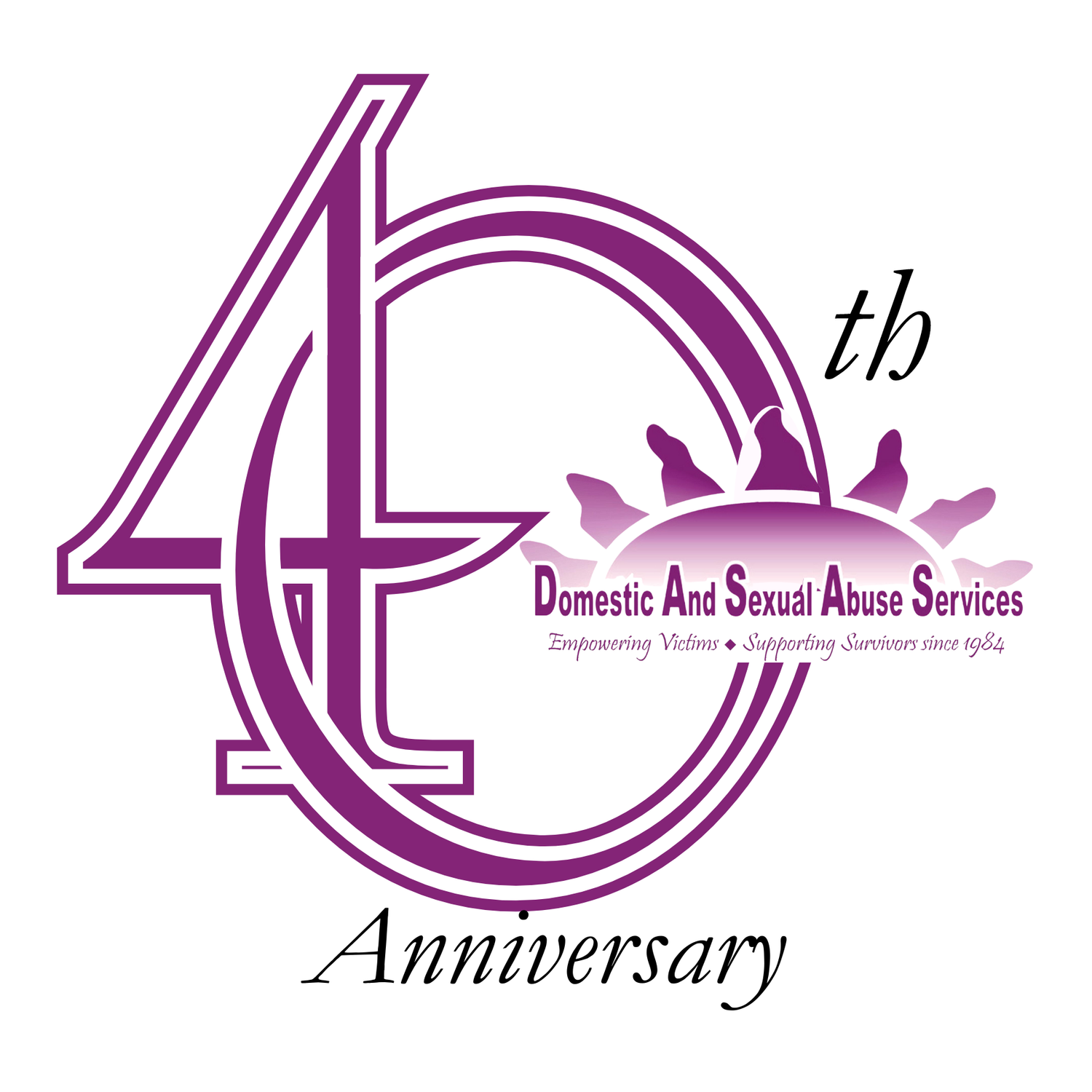What is a Safety Plan?
(and why is it so important?)
Safety planning is about brainstorming ways to stay safe that may also help reduce the risk of future harm. It can include planning for a future crisis, considering your options, and making decisions about your next steps.
Check out this Safety Planning App available on IOS, Android and Desktop - https://myplanapp.org/campus-toolkit
Safety planning:
Safety During an Argument
Stay in an area with an exit and avoid letting the other person get between you and the exit.
Practice getting out of your home safely.
Avoid rooms with weapons, such as the kitchen.
Have emergency 911 phones hidden throughout the home.
Tell trustworthy neighbors about the violence. Ask them to call the police if they hear or see any disturbance.
Devise a code word or signal to use with your children, family, friends, and trustworthy neighbors when you need the police.
Trust your instincts and judgment. You have the right to protect yourself until you are out of danger.
Safety When Preparing to Leave
Establish your independence. Open savings and credit card accounts in your name only and specifically instruct institutions that your partner is not to have access.
Leave money, extra keys, copies of important documents, extra medicine and clothes with someone you trust so you can leave quickly.
Determine safe people you can stay with and plan leaving with.
Review and rehearse your safety plan.
Keep a packed bag at a trusted relative’s or friend’s home.
Plan where you will go if you have to leave.
Safety in Your Own Home
Change the locks on your doors. (Landlords are legally obligated to change locks within 24 hrs if you are experiencing DV).
Install locks on your windows. (Renters check with your landlord first.)
Discuss and practice a safety plan with your children for when you are not with them.
Inform your children’s schools or caregivers who has permission to pick up your children.
Inform neighbors and landlord that your partner no longer lives with you and to call the police if they see him or her near your home.
Safety with a Personal Protection Order
Keep your protective order on you at all times, and give a copy to a trusted neighbor, friend or family member.
Call the police if your abuser violates the protective order.
Think of alternative ways to keep safe if the police do not respond right away.
Inform family, friends, neighbors and health care providers that you have a restraining order in effect.
Your Safety and Emotional Health
Identify who you can rely on for emotional support and call our 24/7 Crisis Line at 800-828-2023.
If you have to communicate with your abuser, determine the safest way to do so and avoid being alone with them.
Advocate for yourself and your needs. Find people and resources you can safely and openly talk to and ask for help. You are not alone, and you do not have to go through this by yourself.
Look into counseling and support groups that directly address your experiences and needs.
Find ways to care for yourself: exercise, make time to relax, create a safe environment, do things you enjoy, get as much support as you can.
Checklist: What You Should Take When You Leave
Legal Papers
Personal Protection Order/stalking order
Lease, rental agreement, house deed
Car registration
Health and life insurance cards
Divorce papers
Custody papers
Other
House and car keys
Medications
Valuables, photos, etc.Address book
Phone card/safety cell phone
Clothes, blankets, small toys for children
Clothes, hygiene necessities, etc. for yourself
Identification
Driver’s license
Children’s birth certificates
Social security card
Self-sufficiency/disability identification
Papers
Medical records for you and your children
Work permits/green card
VISA

